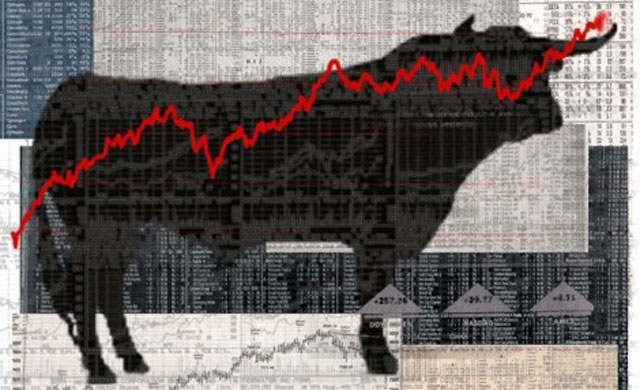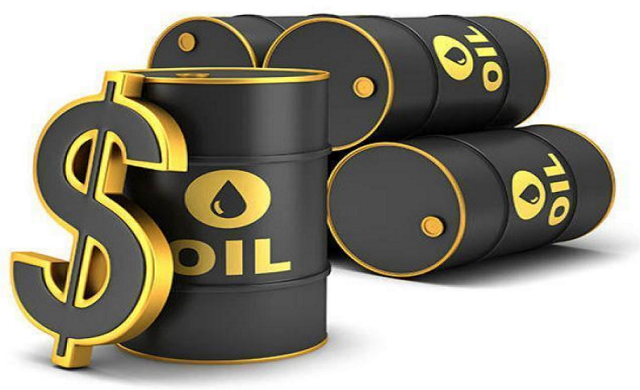The distinction is not determined by type of security you buy, nor by the length of time you hold, but by the attitude of mind when you buy. An investor conducts thorough analysis to understand the underlying business, only buys when reassured as to the safety of the principal committed and aims merely for a satisfactory rate of return rather than stretching the boundaries in targeting extraordinary returns. Operations not meeting these requirements are speculative. Speculators tend to be more interested in guessing price moves over relatively short periods.

Many people who claim to be investors are, in fact, speculators. This is not because they buy what are commonly thought of as speculative-type instruments, say derivatives. Nor is it because they only buy and hold securities for short periods of time in rapid succession. They count as speculators because they do not do the three things that investors do:
- Conduct thorough analysis
- Build-in a margin of safety when buying
- Aim only for a satisfactory rate of return
My first “Investor Rule” covered thorough analysis, so I’ll look at the other two now, but only after a great quote from Benjamin Graham who originally defined investment by the three factors listed above::
“The speculative public is incorrigible. In financial terms it cannot count beyond 3. It will buy anything, at any price, if there seems some “action” in progress. It will fall for any company identified with “franchising”, computers, electronics, science, technology or what have you, when the particular fashion is raging.” How modern this quote seems, and yet it was written in 1973 (The Intelligent Investor)
Building in a margin of safety is something that all bridge engineers do. They do not design a bridge that will “only-just” withstand averse circumstances in terms of wind or loads on the road – they make sure there is plenty of extra strength. Likewise, when valuing shares, first, expect to arrive at a range of reasonable intrinsic values rather than a single point, but second protect yourself with a margin of safety so even if the analysis contained errors or the vicissitudes of the market cause a drop you are reasonably well protected. For example, if that range is say £2 to £3 do not buy if the current price is £1.95 – the margin of safety is not large enough.
The margin of safety principle is c………..
………………To read the rest of this article, and more like it, subscribe to my premium newsletter Deep Value Shares – click here http://newsletters.advfn.com/deepvalueshares/subscribe-1

 Hot Features
Hot Features













